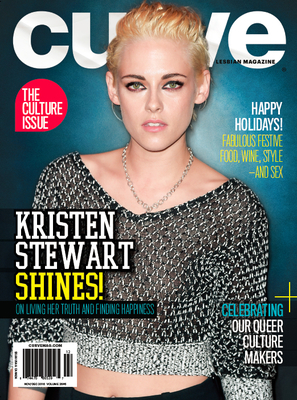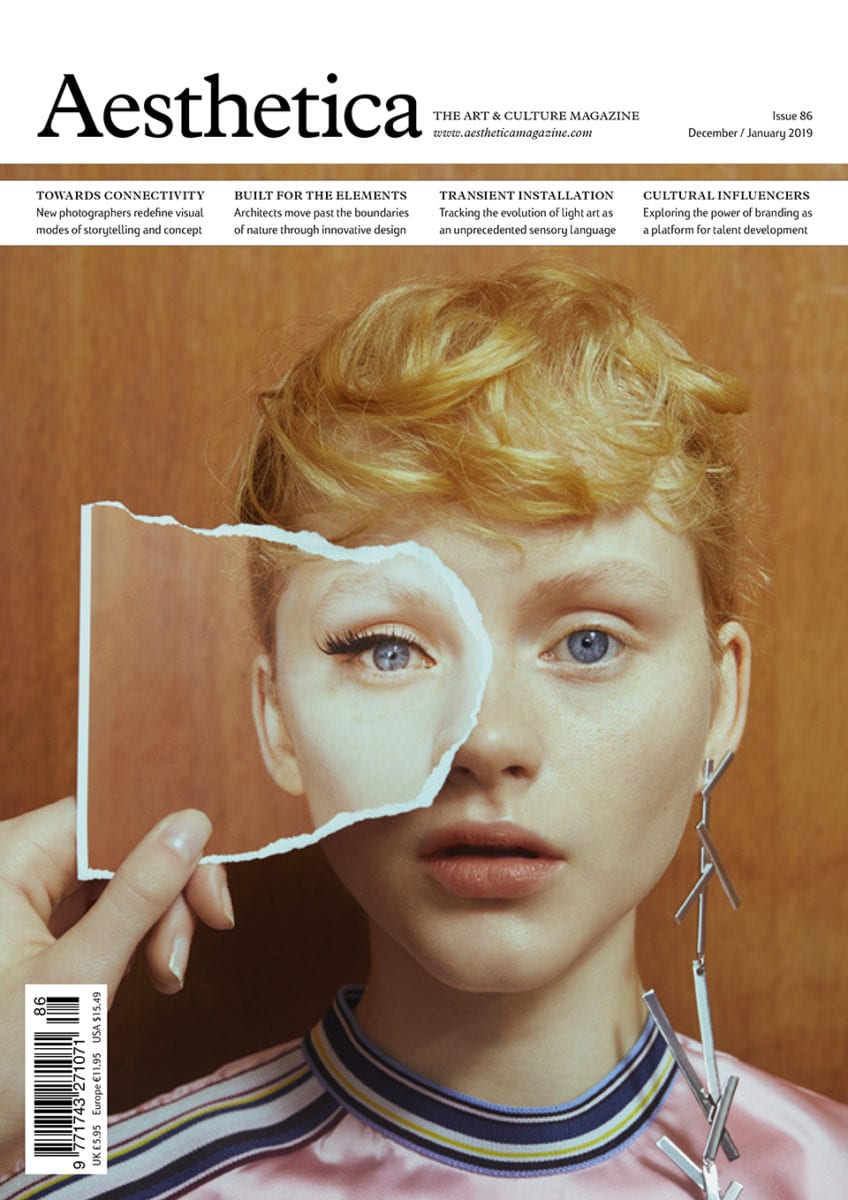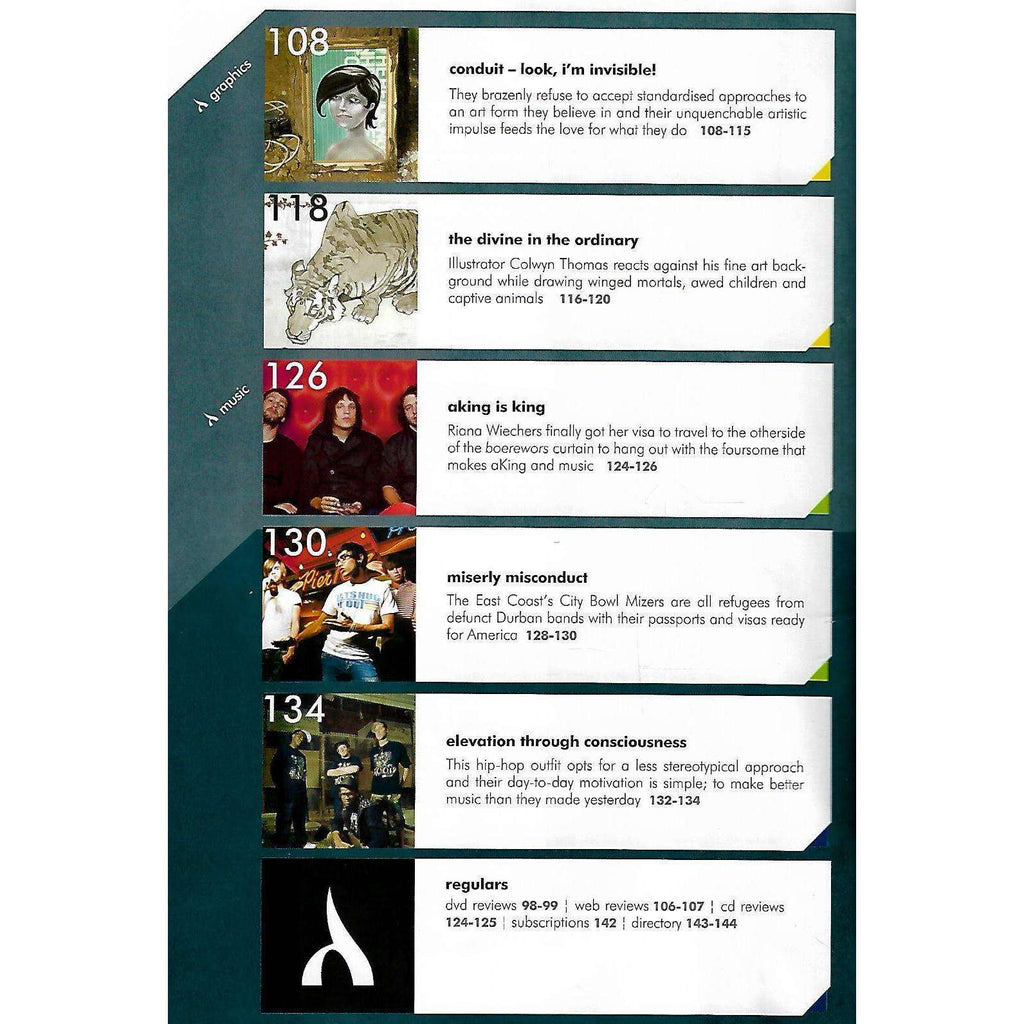WWW - This is a very solid exam with clear potential to go higher if you can work on a couple of areas regarding exam technique.
EBI - You are solidly in level 3 (Satisfactory) but need to add depth and sophistication for the top levels. This means real engagement and insight into the media debates and shard focus on the question.
Exam technique: You do not need to bring in other CSPs in Q1 (unseen) but do need to cover the synoptic element in Q4
Avoid Reputation.
Yes I succeeded in getting the target grade set for me but I would like to hit higher than that.
3) Write a question-by-question analysis of your performance. For each question, write how many marks you got from the number available and identify any points that you missed by carefully studying the AQA indicative content in the mark scheme:
Q1:
5/9
the visual codes and composition of the image including framing/
the construction of myth through the use of signs – the lone, charismatic American hero, violent but thoughtful and reflective./
Q2:
14/25
research – such as the Bobo doll experiment – has demonstrated the way in which (young) people are influenced by violence with research including real world and television examples./
limitations of empirical research (e.g. the Bobo doll experiment)/
the linear – rather than the open world associated with Sims Freeplay – nature of the game-play in Metroid and Tomb Raider could be used to argue that there is little room for audience interactivity, making the effects theory more valid/
Q3:
15/25
the contexts of production are relatively insignificant in creating meanings (reception theory); meanings derive from the interaction between the audience and the product./
magazines are powerfully influenced by dominant social and cultural attitudes to e.g. ethnicity, class, gender, sexuality/
the focus on beauty, the valuing of appearance over intellect can be seen to reinforce mainstream values/
Q4:
13/25
how media organisations maintain, including through marketing, varieties of audiences nationally and globally/
how audiences are grouped and categorised by media industries, including by age, gender and social class, as well as by lifestyle and taste/
ensuring that the content is relevant and interesting for a range of audiences across national borders (for example by addressing global themes and issues as well as culturally specific topics)/
4) Look at question 4 - the synoptic question on TV. Write a full, new essay plan for this question using the indicative content in the mark scheme (focus particularly on distribution) and taking care to include at least one paragraph that addresses the synoptic element. You can use bullet points but make sure you offer enough content to meet the criteria for Level 4 (top level). This will be somewhere between 4-6 well-developed paragraphs planned in some detail.
Para 1 - Introduction. Basic information of both of the CSPs and a bit of information about production and aims of D83 and Capital
Para 2 - Focus on D83. Who do they target? What do they do to make sure they meet their target? Do they do enough? Foreign TV drama, can link to subtitles and certain applications made to target these audiences. Focus on subject of matter. Link to older times and war. Link to context of the war and why it can link to the target audience.
Para 3 - Focus on Capital. Who are the drama's target audience? How do they show who they target? (Talk about the use of setting London and the underground scene). Are there enough aspects in the drama to show that there is a target for a national audience. Talk about the subject of matter and how it being the life of a worker in London can appeal and target a national audience. People are used to seeing this scenario in London and in the work space.
Para 4 - Focus on D83. Talk about distribution. Was shown on several applications which allow they to reach audiences of multiple countries. They also used subtitles to allow more of a range of audience.
Para 5 - Focus on Capital. The distribution within the UK. Published on the BBC. It is a state of the nation drama. It was made to resonate with British people who work in London and are familiar with the daily activities of a 'normal' life in London. Then link to the how it makes it targeted at a national audience.
Para 6 - Conclusion. What extent does the 2 different CSPs show proof of which target audience they aim their products at? Capital does it well as it successfully appeals to British people due to the familiar locations and scenarios. D83 is good at it all as they touch on a topic that affects the whole world and the use of subtitles and diverse applications to broadcast this supports their success to reach a global audience.
5) Based on the whole of your Paper 2 learner response, plan FIVE topics / concepts / CSPs / theories that you will prioritise in your Easter Media revision timetable.
- Context for the CSP
- Distribution of the two CSPs
- Audience theories
- Myths
- Industries









